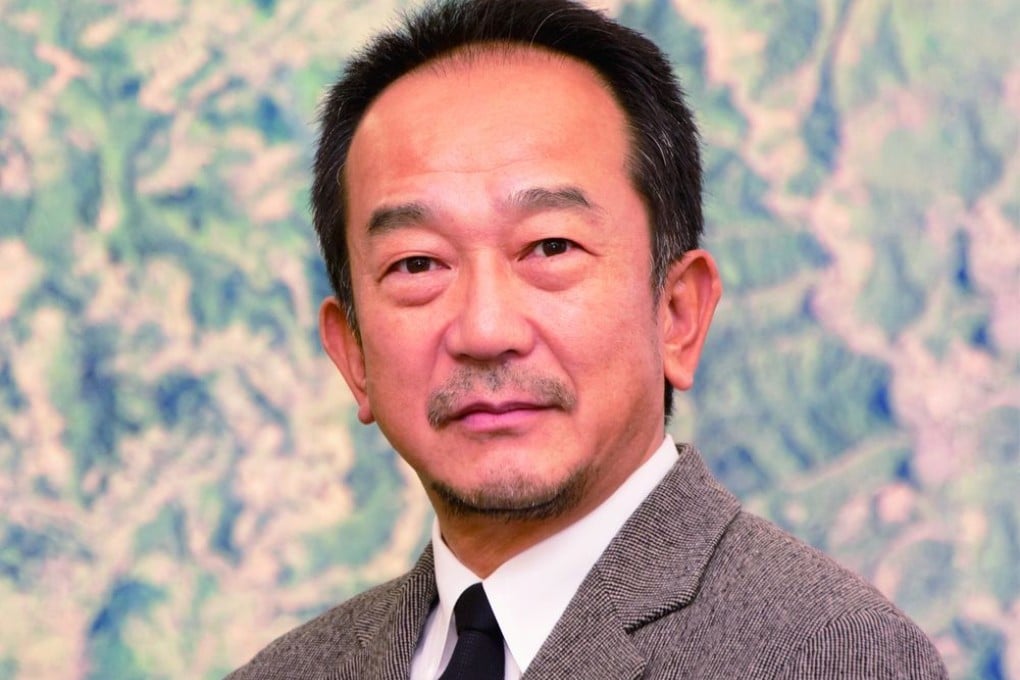Speciality film manufacturer sets standards for consumer electronics
Bringing technology to the people is the mission of speciality film manufacturer Kimoto. As the latest smartphones, tablets and other gadgets continue to make their debut, Kimoto evolves alongside trends as a technology specialist that sets quality and performance standards for consumer electronics.

Bringing technology to the people is the mission of speciality film manufacturer Kimoto. As the latest smartphones, tablets and other gadgets continue to make their debut, Kimoto evolves alongside trends as a technology specialist that sets quality and performance standards for consumer electronics.
"Developing technology for the people is our sole objective," says Casey Kimoto, president. "Our business culture is based on our eagerness to develop new technology, and our thirst for knowledge has made us what we are today."
Kimoto's agility in developing products allows it to make samples of materials on demand within three days, instead of several months.
"The electronics industry moves very quickly, so we move as soon as possible in planning and decision-making," Kimoto says.
The company's next-generation working environment enables Kimoto's agility. Encouraging openness and flexibility, this environment fuels Kimoto's drive to constantly discover new products to meet the market's changing needs. KB-Film, for instance, is a hard-coated film, which is Kimoto's flagship product. Its scratch-resistant surface has made KB-Film an integral smartphone component and a leading brand in touch panel production. Smartphone manufacturers and subcontractors often specify KB-Film or other Kimoto products for use in their devices.
"We are very proud of our product specifications for exceeding market requirements," Kimoto says. "We try to set the standards for market specifications as much as possible."
Kimoto has been dedicated to continually improving its products since its inception in 1952 as an image-processing company for map-making. Starting out by manufacturing paper for engineers' drawings, the company's portfolio today includes film for printed circuit boards and for organic light-emitting diode (OLED) lighting. With various applications ranging from electronic devices to windows used in construction, OLED lighting can potentially reduce the world's energy consumption by 50 per cent.
With OLED's potential yet to be realised in the market, Kimoto welcomes partnerships with Asian distributors with firm connections to construction and interior design companies. These partnerships are integral to Kimoto's strategy for the region. The company will be continuing its research and development efforts to meet regional consumers' particular requirements such as heat reduction, which is a key concern in Southeast Asia.
As its activities across the region continue, Kimoto remains committed to its corporate social responsibility programme in Japan. The company established near its manufacturing facilities in Mie prefecture the rice-producing Kimoto Farm Project, which it plans to replicate regionally to support Asian farming technology.